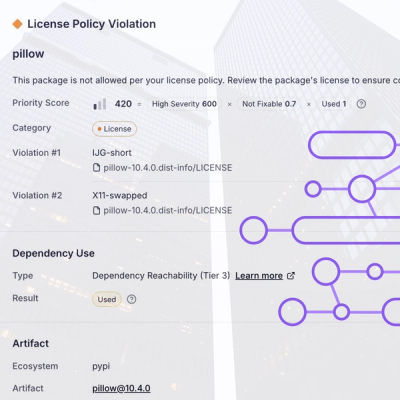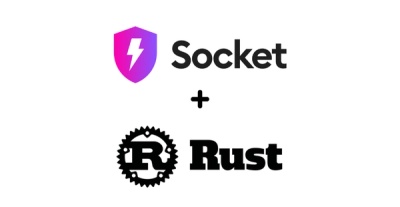
Research
/Security News
Critical Vulnerability in NestJS Devtools: Localhost RCE via Sandbox Escape
A flawed sandbox in @nestjs/devtools-integration lets attackers run code on your machine via CSRF, leading to full Remote Code Execution (RCE).
knex-browser
Advanced tools
A batteries-included SQL query & schema builder for PostgresSQL, MySQL, CockroachDB, MSSQL and SQLite3
A SQL query builder that is flexible, portable, and fun to use!
A batteries-included, multi-dialect (PostgreSQL, MySQL, CockroachDB, MSSQL, SQLite3, Oracle (including Oracle Wallet Authentication)) query builder for Node.js, featuring:
Node.js versions 12+ are supported.
You can report bugs and discuss features on the GitHub issues page or send tweets to @kibertoad.
For support and questions, join our Gitter channel.
For knex-based Object Relational Mapper, see:
To see the SQL that Knex will generate for a given query, you can use Knex Query Lab
We have several examples on the website. Here is the first one to get you started:
const knex = require('knex')({
client: 'sqlite3',
connection: {
filename: './data.db',
},
});
try {
// Create a table
await knex.schema
.createTable('users', (table) => {
table.increments('id');
table.string('user_name');
})
// ...and another
.createTable('accounts', (table) => {
table.increments('id');
table.string('account_name');
table.integer('user_id').unsigned().references('users.id');
});
// Then query the table...
const insertedRows = await knex('users').insert({ user_name: 'Tim' });
// ...and using the insert id, insert into the other table.
await knex('accounts').insert({
account_name: 'knex',
user_id: insertedRows[0],
});
// Query both of the rows.
const selectedRows = await knex('users')
.join('accounts', 'users.id', 'accounts.user_id')
.select('users.user_name as user', 'accounts.account_name as account');
// map over the results
const enrichedRows = selectedRows.map((row) => ({ ...row, active: true }));
// Finally, add a catch statement
} catch (e) {
console.error(e);
}
import { Knex, knex } from 'knex';
interface User {
id: number;
age: number;
name: string;
active: boolean;
departmentId: number;
}
const config: Knex.Config = {
client: 'sqlite3',
connection: {
filename: './data.db',
},
};
const knexInstance = knex(config);
try {
const users = await knex<User>('users').select('id', 'age');
} catch (err) {
// error handling
}
If you are launching your Node application with --experimental-modules, knex.mjs should be picked up automatically and named ESM import should work out-of-the-box.
Otherwise, if you want to use named imports, you'll have to import knex like this:
import { knex } from 'knex/knex.mjs';
You can also just do the default import:
import knex from 'knex';
If you are not using TypeScript and would like the IntelliSense of your IDE to work correctly, it is recommended to set the type explicitly:
/**
* @type {Knex}
*/
const database = knex({
client: 'mysql',
connection: {
host: '127.0.0.1',
user: 'your_database_user',
password: 'your_database_password',
database: 'myapp_test',
},
});
database.migrate.latest();
FAQs
A batteries-included SQL query & schema builder for PostgresSQL, MySQL, CockroachDB, MSSQL and SQLite3
The npm package knex-browser receives a total of 1 weekly downloads. As such, knex-browser popularity was classified as not popular.
We found that knex-browser demonstrated a not healthy version release cadence and project activity because the last version was released a year ago. It has 1 open source maintainer collaborating on the project.
Did you know?

Socket for GitHub automatically highlights issues in each pull request and monitors the health of all your open source dependencies. Discover the contents of your packages and block harmful activity before you install or update your dependencies.

Research
/Security News
A flawed sandbox in @nestjs/devtools-integration lets attackers run code on your machine via CSRF, leading to full Remote Code Execution (RCE).

Product
Customize license detection with Socket’s new license overlays: gain control, reduce noise, and handle edge cases with precision.

Product
Socket now supports Rust and Cargo, offering package search for all users and experimental SBOM generation for enterprise projects.